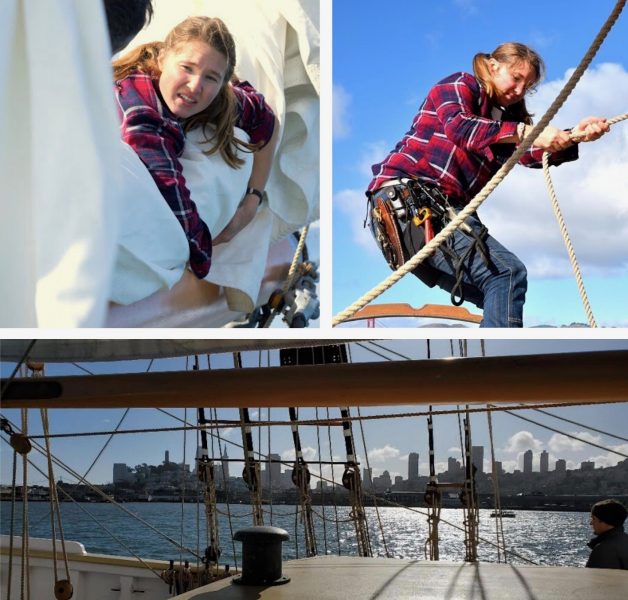

Keene’s friend and fellow Dunwich pilgrim was the Suffolk poet and translator Edward FitzGerald who loved the ruined city’s “odd, quaint air” and used to spend entire summers there, with Keene. “All along the base of the sandy cliff (striped with layers of rolled pebbles) you come upon human bones that have dropped from the shallow alluvial soil at the top.” 6 This stark reminder of mortality was strangely cathartic. 5 For such an uplifting place, some of the sights were decidedly morbid. every day at Dunwich, which was a great solace”. 4 He liked to have “a good blow on the pipes. He found that one of the best ways to lift his mood was to play his pipes in the lost city to “strut on the hard sand and skirl away at ‘Fingal’s Lament’ or ‘The Massacre of Glencoe’. 3 Keene was the cartoonist for Punch, scruffy, depressive, and unusual “a queer spirit” as his friends described him. 2Īt ten o’clock on a hot August night in 1876, while the rest of the village slept, an illustrator named Charles Keene sat down on the beach of Dunwich - “a charming, lonely place” - and took out a set of bagpipes to “skirl away by the sad sea waves” for about an hour or so, their blasts vanishing into the sea air. The nave was occupied by bats and owls as the waters spumed over the cliff at high tide and gnawed away at its base, precipitating the landslides until only a pitiful shard remained, and, three years later, this too went under - a creeping oblivion so perfectly captured on yellowed postcards with their fancy for vanishing worlds.

By the Victorian period, it lay totally abandoned and it would be eaten, in tantalising increments, by the waves. As the sea drew uncomfortably close in the mid-eighteenth century it was declared a lost cause. So strange to think that the house of God had once been a long way from the cliff-edge, in the westernmost part of Dunwich and shielded from the sight of sailors by a swarm of buildings. It was much photographed - there was a grim inevitability, but also melancholic beauty, as the cliff-face drew near, and the church slid ever closer to the abyss. The clifftop ruin made a harrowing image, particularly as a jagged silhouette in the twilight or in the dawn’s metal light.


 0 kommentar(er)
0 kommentar(er)
